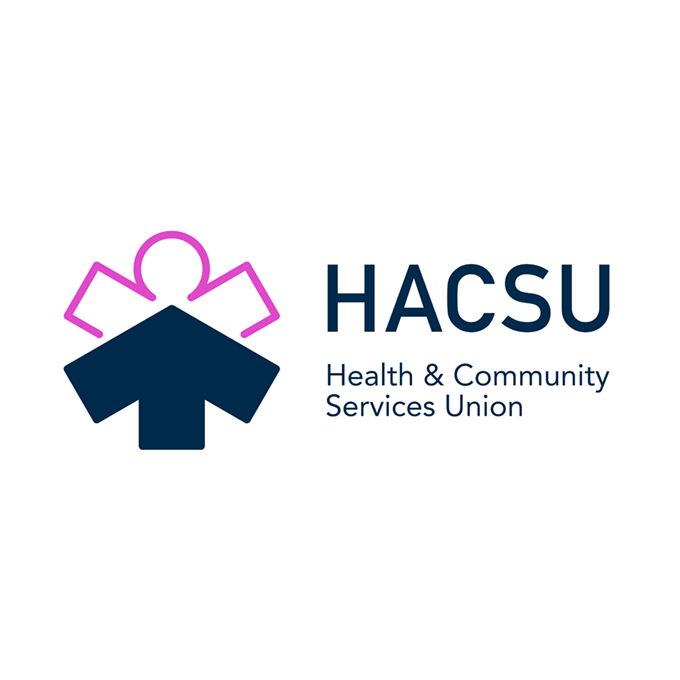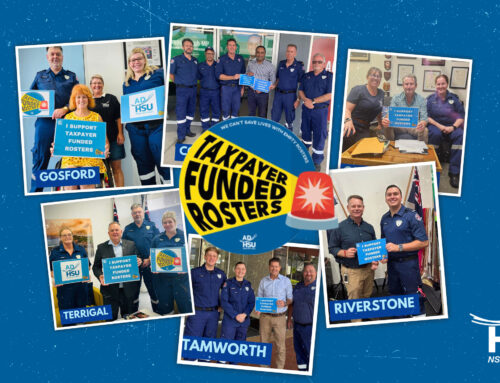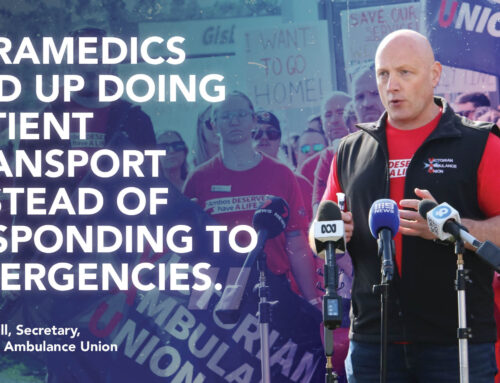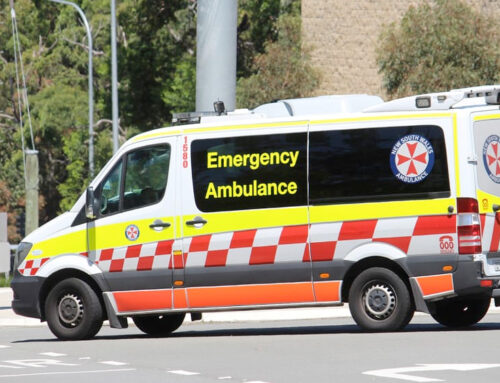Recently we received the Operational Research in Health (ORH) Report, a crucial analysis that will play a significant role in shaping Ambulance Tasmania’s growth and strategic direction over the next decade. The comprehensive work conducted by ORH involved a detailed retrospective analysis of operational activity across Tasmania, coupled with predictive modeling to forecast future demand for ambulance services in the state. This analysis was then compared to similar jurisdictions to identify current performance trends and project future requirements.
The primary objective of the modeling was to achieve a target median emergency response time of 10 minutes in urban areas and 15 minutes in rural areas by 2031/32. To accomplish this, it is vital to optimize processes, allocate appropriate resources, and invest in necessary infrastructure.
Before proceeding with any plan or implementation, AT have committed to gather feedback from key stakeholders, including HACSU and volunteers, to evaluate the appropriateness and achievability of the targets outlined in the ORH Report.
The report outlines three primary mechanisms for improving response performance until 2031/32. These mechanisms include operational efficiencies, such as reducing activation and mobilization times, optimizing time spent on scene and at the hospital, and effectively managing calls through Secondary Triage. Additionally, the report proposes the consideration of four potential new locations, as part of the Location Optimisation. The report suggests enhancing frontline resourcing by exploring options like expanding Community Paramedic positions and allocating increased resources to identified geographic areas to meet the rising demand over the next decade.
Implementing these proposed enhancements will require careful planning and staging. It will involve the development of new infrastructure, phased recruitment strategies to accommodate graduate paramedics, and an assessment of operational and volunteering models to support the anticipated changes in service delivery.
Engagement with HACSU and other stakeholders has already commenced and it is clear that like elsewhere, a significant number of paramedics will be required to fill the shortfall that already exists and the projected service demand increases into the future.






